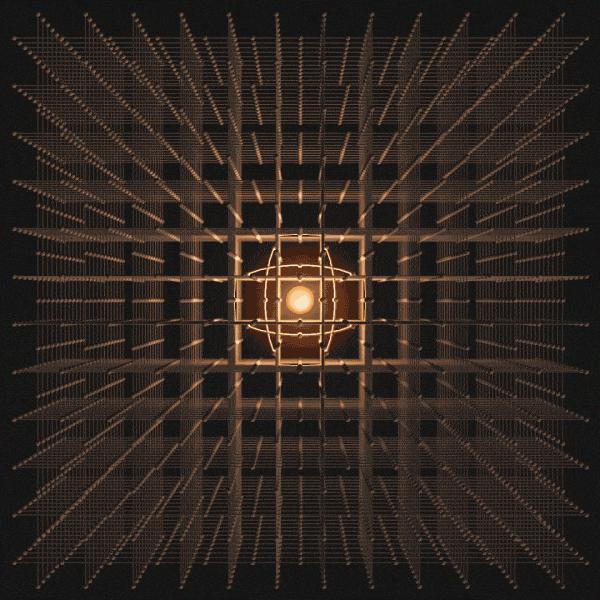Stanford scientists gain insight on polaron distortion in perovskite solar cells

Polaron formation in perovskite solar cells has been indicated in scientific research as a possible factor for making this kind of cell particularly efficient, although the mechanism behind polarons’ action is completely unknown. A U.S. research group has now observed how polaron distortions form and grow.

A group of scientists from Standford University has confirmed the existence of polaron distortions in perovskite solar cells, which previous research had pointed out as one of the factors that may contribute to the high efficiency of perovskite PV devices, although no explanation has been found to date, in this regard.
Polarons are described by the U.S.-based researchers as fleeting distortions in a material’s atomic lattice that form around a moving electron in a few trillionths of a second and then disappear. “As ephemeral as they are, they affect a material’s behavior and may even be the reason that solar cells made with lead hybrid perovskites achieve extraordinarily high efficiencies in the lab,” they explained.
Through an x-ray free-electron laser – the Linac Coherent Light Source (LCLS) – the U.S.-based researchers have observed for the first time the formation of these local distortions, including their size, shape and how they evolve. The femtosecond-resolution diffuse x-ray scattering measurements showed that when free electrons start to move around the perovskite material they are surrounded and engulfed by a sort of bubble of polaron distortion that moves along with them. “Some people have argued that this ‘bubble’ protects electrons from scattering off defects in the material and helps explain why they travel so efficiently to the solar cell’s contact to flow out as electricity,” research co-author Burak Guzelturk stated.
Polarons are able to form and grow in perovskite cells due to the flexible and soft lattice structure of lead hybrid perovskites. When they form, they have a very small size of a few angstroms (an angstrom is one 10-billionth of a meter) but then rapidly expand outward in all directions and reach a diameter of about five billionths of a meter. “This nudges about 10 layers of atoms slightly outward within a roughly spherical area over the course of tens of picoseconds, or trillionths of a second,” Stanford scientist Aaron Lindenberg added.
The scientists explained that these results were confirmed by optical pump-probe reflection spectroscopy and that the big novelty in their work is represented by the discovery that polarons have a larger size than expected. “While this experiment shows, as directly as possible, that these objects really do exist, it doesn’t show how they contribute to the efficiency of a solar cell,” the research team concluded. “There’s still further work to be done to understand how these processes affect the properties of these materials.”
From: https://www.pv-magazine.com/2021/01/05/stanford-scientists-gain-insight-on-polaron-distortion-in-perovskite-solar-cells/

